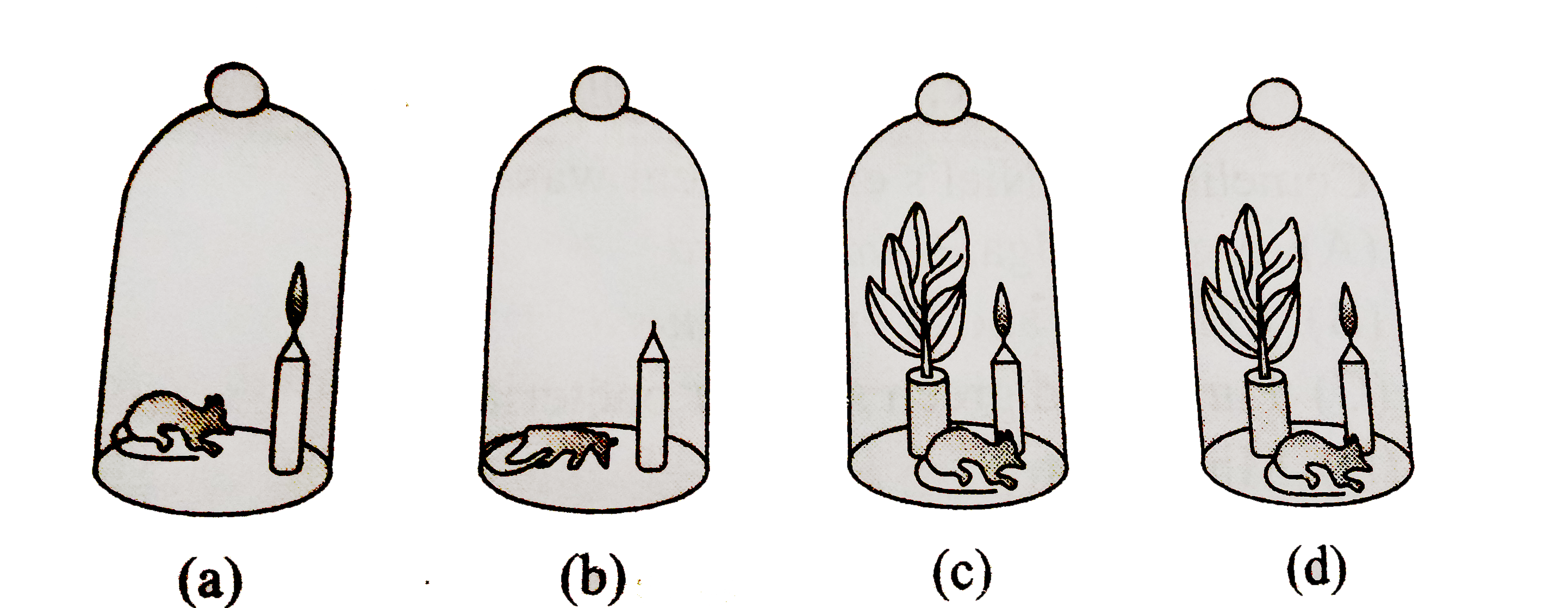The waves set up in a closed piep are
Longitudinal and Prograssive
Transverse and Stationary
Transverse and Stationary
Longitudinal and Stationary
The correct Answer is:D
Step by step video, text & image solution for The waves set up in a closed piep are by Physics experts to help you in doubts & scoring excellent marks in Class 12 exams.
Topper's Solved these Questions
- BOOK - TARGET PUBLICATIONCHAPTER - STATIONARY WAVESEXERCISE - EVALUATION TEST16videos
STATIONARY WAVES
- BOOK - TARGET PUBLICATIONCHAPTER - STATIONARY WAVESEXERCISE - CRITICAL THINGKING71videos
STATIONARY WAVES
- BOOK - TARGET PUBLICATIONCHAPTER - SEMICONDUCTORSEXERCISE - Evaluation Test17videos
SEMICONDUCTORS
- BOOK - TARGET PUBLICATIONCHAPTER - SURFACE TENSION EXERCISE - EVALUATION TEST21videos
SURFACE TENSION
Similar Questions
The maximum particle velocity and acceleration of a harmonically moving transverse wave set up on a string are 5 ms−1and100ms−2 respectively. Write the equation of waveform if velocity of wave is 30 ms−1.
View SolutionFor a stationary wave set up in a string having both ends fixed, what is the ratio of the fundamental frequency to the third harmonic?
View Solution
Knowledge Check
- Question 1 - Select One
The waves set up in pipes open at both the ends are
ALongitudinalBTransverseCLongitudinal stationaryDa and c - Question 2 - Select One
When was ISRO set up ?
A1965B1969C1971D1976 - Question 3 - Select One
The following set up is called
 AEngelmann experimentBJan Ingenhousz experimentCPriestley's experimentDCornelius van Niel experiment
AEngelmann experimentBJan Ingenhousz experimentCPriestley's experimentDCornelius van Niel experiment
Indian Forest Service was set up in the year:
View SolutionWhan stationary waves are set up in a medium, which of the following is a true statement?
View SolutionStationary waves in closed pipe will produce
View SolutionWhen was NHRC set-up ?
View SolutionFor a string clamped at both its ends, which of the following wave equation is lare valid for a stationary wave set up in It? (Origin is at one end of string)
View Solution
